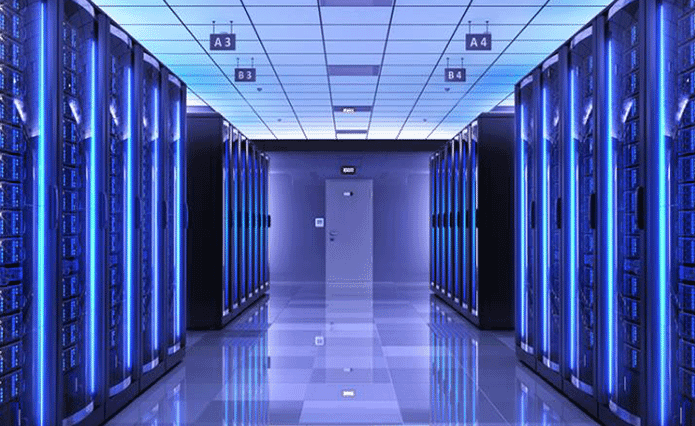Server rooms are enclosed spaces that serve as a central management hub for the organization’s network server resources. They are designed with network connectivity and power, room temperature control and ventilation, room and rack security, and fire and seismic protection in mind.
There are two other types of server environments: data centers and micro data centers. A data center can be considered a building with many server rooms.
A server room typically provides only the resources required by a single organization. A data center may simultaneously support several organizations and thousands or millions of users, requiring highly specialized designs and equipment. This effectively puts data centers in a class of their own.
Micro data centers are similar to server rooms in concept, but they are enclosed portable units that can be used to expand an organization’s data capacities on demand. Micro data centers have been used to expand data computing capacity in remote areas, create capacity during natural disasters, and provide temporary capacity when moving data centers due to their quick deployment benefits.
Importance of Server Room in Business
A server room is a company’s operations and IT infrastructure hub. They have no displays or input devices such as monitors, mice, or keyboards. Servers and equipment in server rooms are typically controlled remotely via remote administration software or KVM switches. Because a server room typically contains multiple servers, this equipment is typically housed in racks to keep it secure and organized.
Server Room Design
Your data center or server room is like your business’s heart. Without efficient and constant data management, storage and dissemination, most businesses can’t function appropriately, and if the system fails, you may not be able to conduct business at all.
Your overarching goals with server room design should be efficacy and consistency, with all equipment running at optimum levels with possible minimum downtime. Here is the list of the most important components of a server room design.
- Open, clean, ventilated space
- Proper environmental controls and cooling accessories
- Uninterruptible power supply (UPS)
- Avoid wire clutter
- Provide quality workspace
Racks, Cabinets, and Enclosures
Server racks, cabinets, and enclosures provide a framework for your servers to be secure within the server room. They will typically be able to house uninterruptible power supply (UPS) units and other hardware.
Choosing the Best Server Racks is about determining the size, type, cooling strategy, power distribution, and security requirements for your company’s space.
Server rack sizes are primarily standardized and measured in rack units (RU or U), representing the number of servers that can be accommodated. Small racks, portable racks, standard-sized data center racks, and fully enclosed water- and dust-resistant cabinets are among the various types available, ranging from simple to robust.
Server Room Temperature
The server room temperature should be between 50 and 82 degrees, with the optimal temperature being between 68 and 71 degrees. It is more complex than setting the ideal temperature on a thermostat.
Many factors play their role in maintaining the temperature; that’s why the ideal server room temperature is frequently discussed in the IT world.

